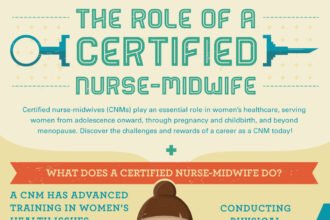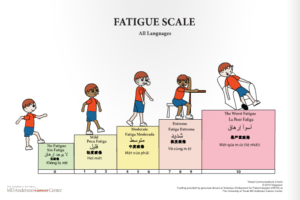 As public social dialogue becomes the norm rather than the exception, it’s no surprise that some medical schools have taken to considering the digital footprint during the admissions process. The November 2012 Postgraduate Medical Journal published a study surve
As public social dialogue becomes the norm rather than the exception, it’s no surprise that some medical schools have taken to considering the digital footprint during the admissions process. The November 2012 Postgraduate Medical Journal published a study surve
 As public social dialogue becomes the norm rather than the exception, it’s no surprise that some medical schools have taken to considering the digital footprint during the admissions process. The November 2012 Postgraduate Medical Journal published a study surveying 600 US medical schools regarding their use of social profiles in evaluating applicants. Among their findings: 9 percent of medical schools report using social profiles to evaluate applicants; 4 percent report having rejected an applicant based on online activity; 20 percent view examining applicants’ social profiles as an invasion of privacy.
As public social dialogue becomes the norm rather than the exception, it’s no surprise that some medical schools have taken to considering the digital footprint during the admissions process. The November 2012 Postgraduate Medical Journal published a study surveying 600 US medical schools regarding their use of social profiles in evaluating applicants. Among their findings: 9 percent of medical schools report using social profiles to evaluate applicants; 4 percent report having rejected an applicant based on online activity; 20 percent view examining applicants’ social profiles as an invasion of privacy.
The study raises questions about how and whether we should use public conversation in judging medical school applicants. There are a few things to consider before medical schools take to the Internet to choose our next generation of doctors:
Begin by thinking brilliance, not faults. Beyond the numbers reported, the study best demonstrates medicine’s entrenched cultural bias against social communication technology. Online professionalism is discussed only in the context of the mischief that students can create, rather than in opportunity or obligation. We assume that public platforms are a place for destroying careers rather than building them. Maybe we should recognize that many applicants, medical students, and doctors are creating beneficial communities with these tools. As long as we look for deviance, we’ll find it.
Evaluating a student’s online footprint requires intent. There are many ways to think about evaluating digital presence in the admissions process: All involve searching with intent and purpose. What are you looking to find? What will you do with what you do find? What should you overlook? Unleashing interviewers or staff to snoop with no guidance could create more problems than solutions.
Adjust expectations. In the context of 21st century social norms, we must be realistic about how we judge professional conduct in college students. College undergraduates are not established doctors. Once medical students begin to understand the limits of professional and personal boundaries, we can then begin to have higher expectations of their conduct.
Accept online culture. Understanding a student through online review represents a radical deviation from our current methods. Educators who don’t understand how medical culture is growing online are unlikely to see the value of its integration into student selection. The belief that applicants should only be seen and assessed by standardized testing and an essay would represent a clear barrier to the success of online assessment.
Content will get us further than conversations. Studying conversation is unlikely to get us very far in understanding an applicant (the core elements of online activity: consumption, curation, conversation, creation). Reading or viewing what a student has created is more likely to help us see their passions and motivations. Studying my Twitter feed, for example, will do little to help you understand my drive and motivations. Social networks are where I engage, interact, and share; I create content with lasting value on my blog.
Explore the digital lifestream. Rather than choosing students on their ability to master the standardized exam, what about putting weight behind a lifestream or living e-portfolio of writing, curated material, recordings, and dialogue that tell the real story of what drives an applicant? One application essay to understand an applicant? How about two years’ worth of public essays? Instead of avoiding an applicant’s public presence, the lifestream would represent a core determinant of candidacy for medical school.
Digital presence does not supplant smarts and skills. The ability of a physician to function in person is critical. But it’s not a zero-sum game. We can continue to mandate high emotional and interpersonal intelligence while devising new ways of seeing physician candidates. If we’re looking for candidates who excel at taking standardized tests and maintaining a high GPA, the application is all you need. Beyond that, seeing an applicant think and create will likely help identify the next generation of uniquely motivated students.
Bryan Vartabedian, MD, writes monthly for Wing of Zock about the intersection of health care, medical education, and social media. He is a pediatrician at Baylor College of Medicine in Houston, Texas, and blogs at 33 charts.






